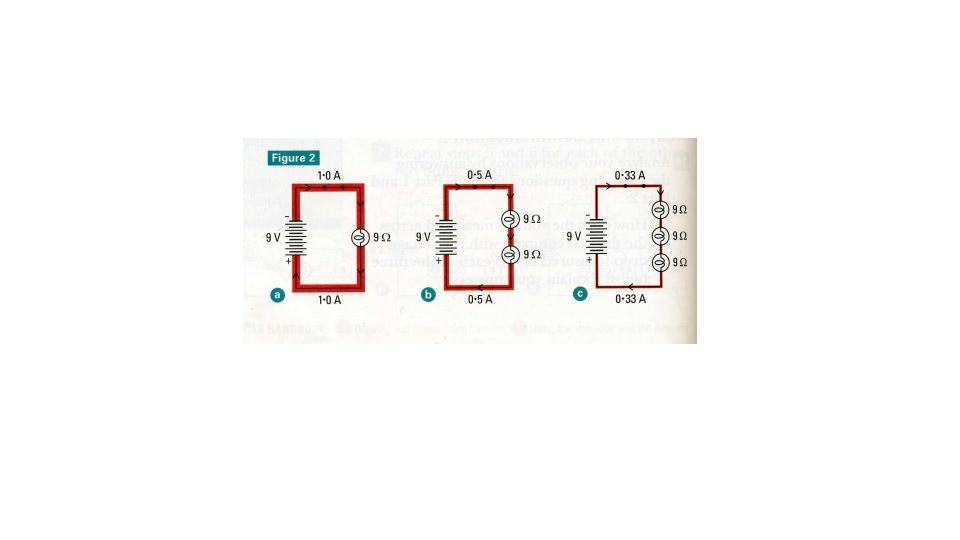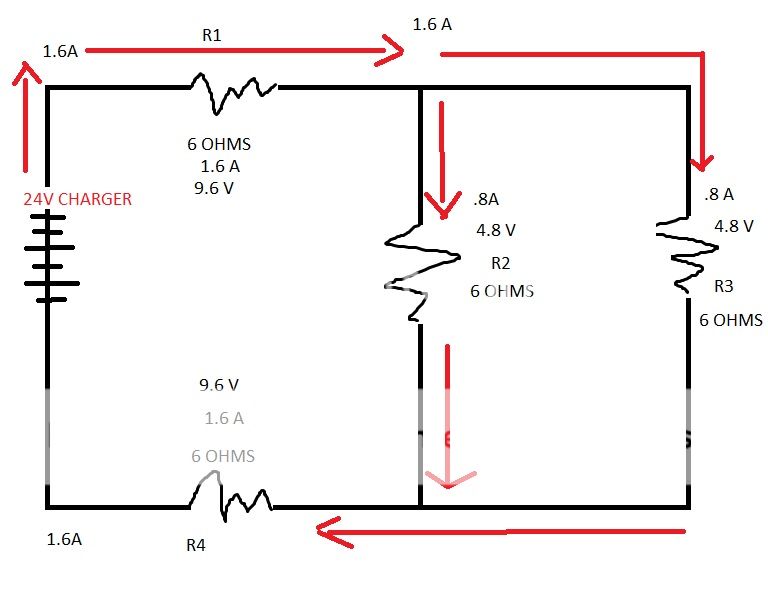
















Bill Bradbury wrote:Hi Darren,
What is the max voltage rating for your charge controller? If the panel voltage exceeds the controller rated input, you might have fried the controller.
























scott bendtson wrote:Steve from everything I have read what you have said just doesn't make sense to me. Doesn't the charge rate of any lead acid battery bank need/should be 10-13% of the total amperage of the bank. His battery bank total is 400 so charging amperage should be between 40 and 53 amps. So to me it sounds like he is right in the ball park of the total bank charging needs. From what your saying it sounds like if he gets another charge controller it will up his charging amperage, isn't the amperage Dependant solely on the panels out put (minus inefficiencies with in the system) especially seeing it's a pwm control unit. I'm still learning all this stuff and sometimes I miss key information about how stuff works so please correct me if I'm wrong because I don't want to learn the hard way.













Samuel Jaißle wrote:Hi,
I just registered to help cleaning up the mess that start to unfold here. I agree with Scott, Steves reasoning doesn't make much sense to me either.
Steve, you're mixing serial and parallel connections, talking of one and drawing up the other. The battery bank has a voltage of 24 V and a capacity of 400 Ah. So it can be charged with Darren's setup, though it would take around two to three sunny days to fully charge it from empty.
Darren, your regulator is a bit undersized, but that cannot be the problem. It only means that you might loose some of the output of your panels, when they could provide more than they're rated for, witch can happen under certain conditions. Assuming the 24 V to be Vmpp, the 10 A must be the short circuit rating, so your current rating at mpp is below that value and you even got some reserve with the 50 A of your regulator.
Does the regulator display its input voltage? What are the input specs of the regulator? Are the 25.2 V an input spec? What is the 50 V rating exactly saying? The regulator has a minimum start up voltage and a maximum input voltage. If the minimum value is above the measured 42 V, that is the reason it doesn't start. If the maximum value is below the 42 V, it's probably grilled.
If you give me the names of the panels and the regulator and I can find specs online, I should be able to give you step by step guidance to find the problem.





Steve Harvey wrote:If you scrapped the complex battery circuit and charged the 2 12 volt batteries in series with separate chargers your charging time will be cut in half.








Samuel Jaißle wrote:
Steve Harvey wrote:If you scrapped the complex battery circuit and charged the 2 12 volt batteries in series with separate chargers your charging time will be cut in half.
Besides, that is not on the topic, since the problem isn't that the batteries are charged to slow, but that the charger doesn't even charge the battery at all. It seems to pass nothing of the energy available on to the battery. And that can't have to do anything with to small charging currents.








Steve Harvey wrote:I think he said that the charger is charging through the generator and not the solar panels, so there is power going through
Darren Carson wrote:batteries will charge through inverter/ charger powered via generator but not through solar
Steve Harvey wrote:It is possible that the charger will not charge the batteries until it reaches the required input voltage to operate?
Steve Harvey wrote:He said that he is using 5 panels wired in parallel meaning they are producing 24 volts.
Steve Harvey wrote:would charging batteries in a series/parallel circuit, where lead acid batteries spent a few days to a week below being fully charged cause a build up of sulfate inside?





Go green, reduce your energy footprint and spread the idea of distributed energy production




 1
1








Darren Carson wrote:
Voltage test just after panel was 42 v and same voltage tested just before regulatior 30 meters away from panels.
Charging issue, batteries will charge through inverter/ charger powered via generator but not through solar, regulator has been changed over but with replacement unit still doing the same and not charging.
Regulator specs, 12 /24v , 50amp Low voltage connection 25.2v which batteries have been as low as 24v
Question, if each solar panel is rated at 10amp x 5 = 50amp , being the regulator is only rated at 50amp would or could this be slightly undersized ?
Any help would be much appreciated as my Melbourne supplier is being of no help

|
Your opinion of me doesn’t define who I am --tiny ad
Play Your Way to a Sustainable Lifestyle: Uncover Permaculture Principles with Each Card
https://gardener-gift.com/
|






